Basic Info about the Refuge
The Catahoula National Wildlife Refuge in Louisiana is 25,162 acres.
The Catahoula NWR in Louisiana is one of the best places to go duckwatching — especially in the winter. You’ll find tens of thousands of ducks hanging around the unironically named Duck Lake during the winter.
You’ll also find the usual suspects hanging around the lake and Cowpen Bayou: great blue herons, great egrets, belted kingfishers, vultures, white-throated sparrows, white checkered skippers, buckeye butterflies, raccoons, deer, and (rumor has it) a black bear or two.
This refuge is made up of two units: the Headquarters Unit (where you’ll find Duck Lake) and the Bushley Bayou Unit. Both units are nice to visit, but if you only have time for one, we suggest checking out the Headquarters Unit first. There, you’ll have the opportunity to take a drive around Wildlife Drive, which loops around Duck Lake, or take a hike down the Headquarters Unit Walking Trail.
By The Numbers
Learn more about the refuge.
Units
Size in Acres
Entry Fee
Trails
Days Open
Largest # of Ducks Recorded at the Refuge at One Time
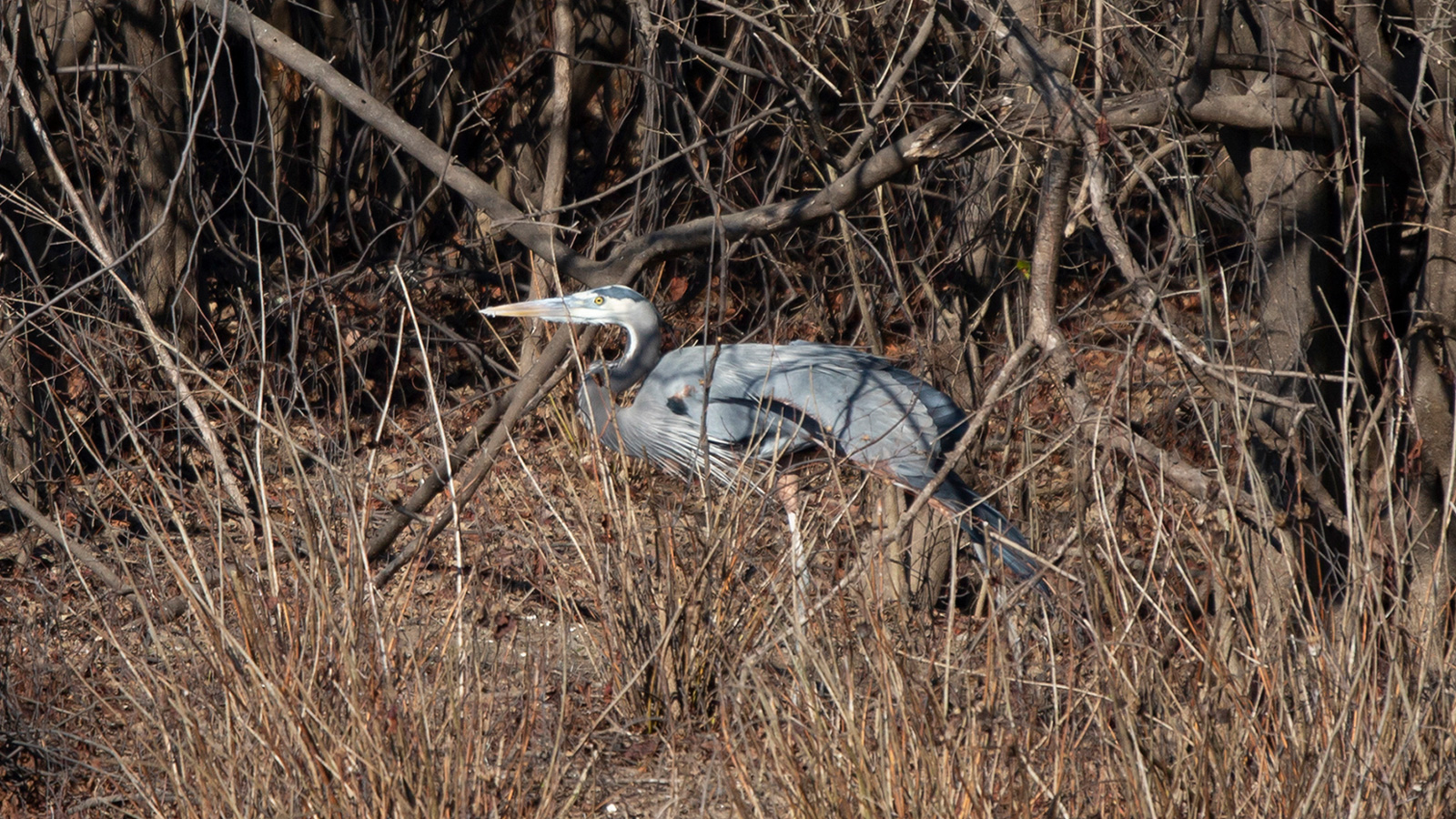
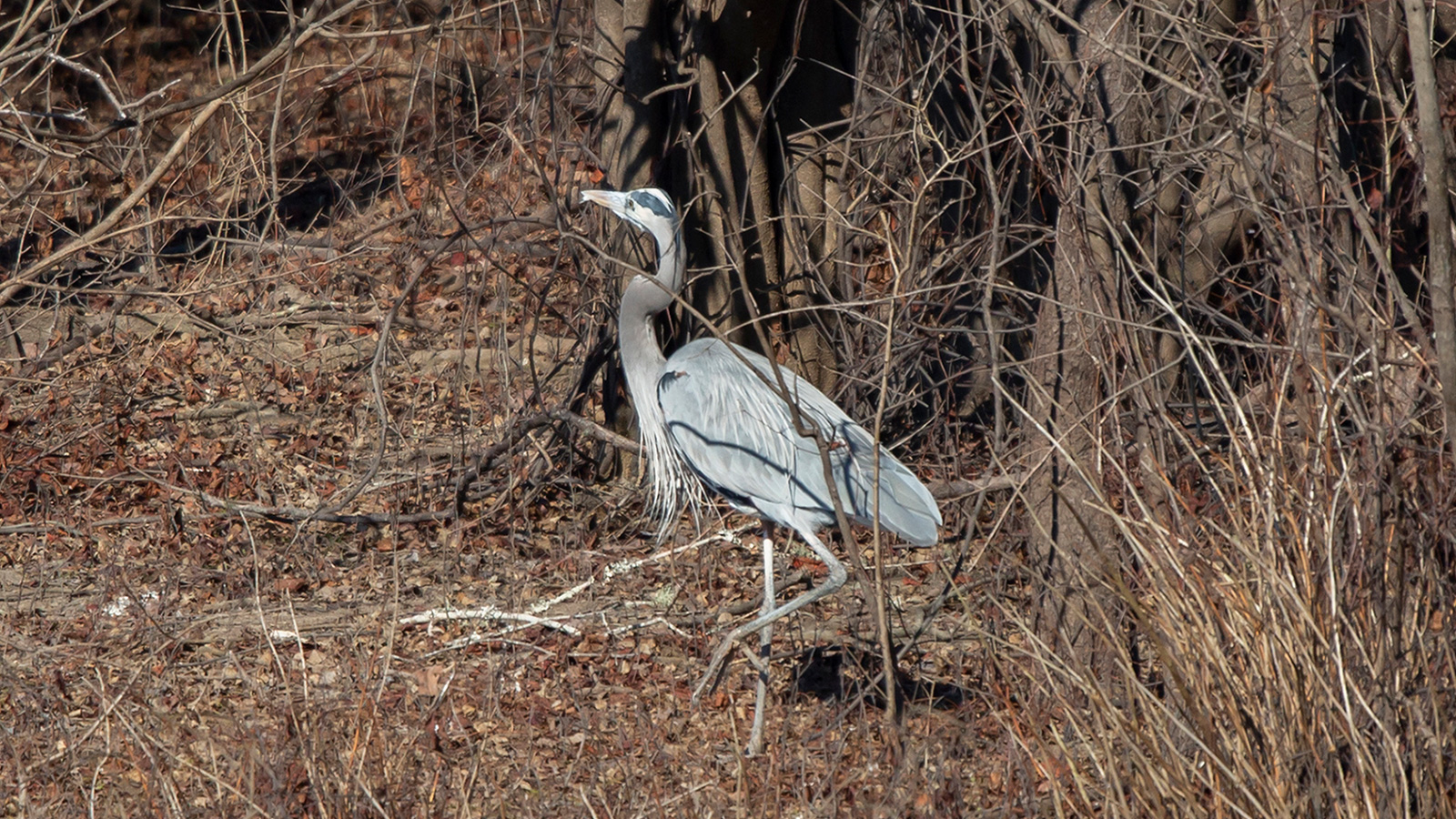
Great Blue Heron
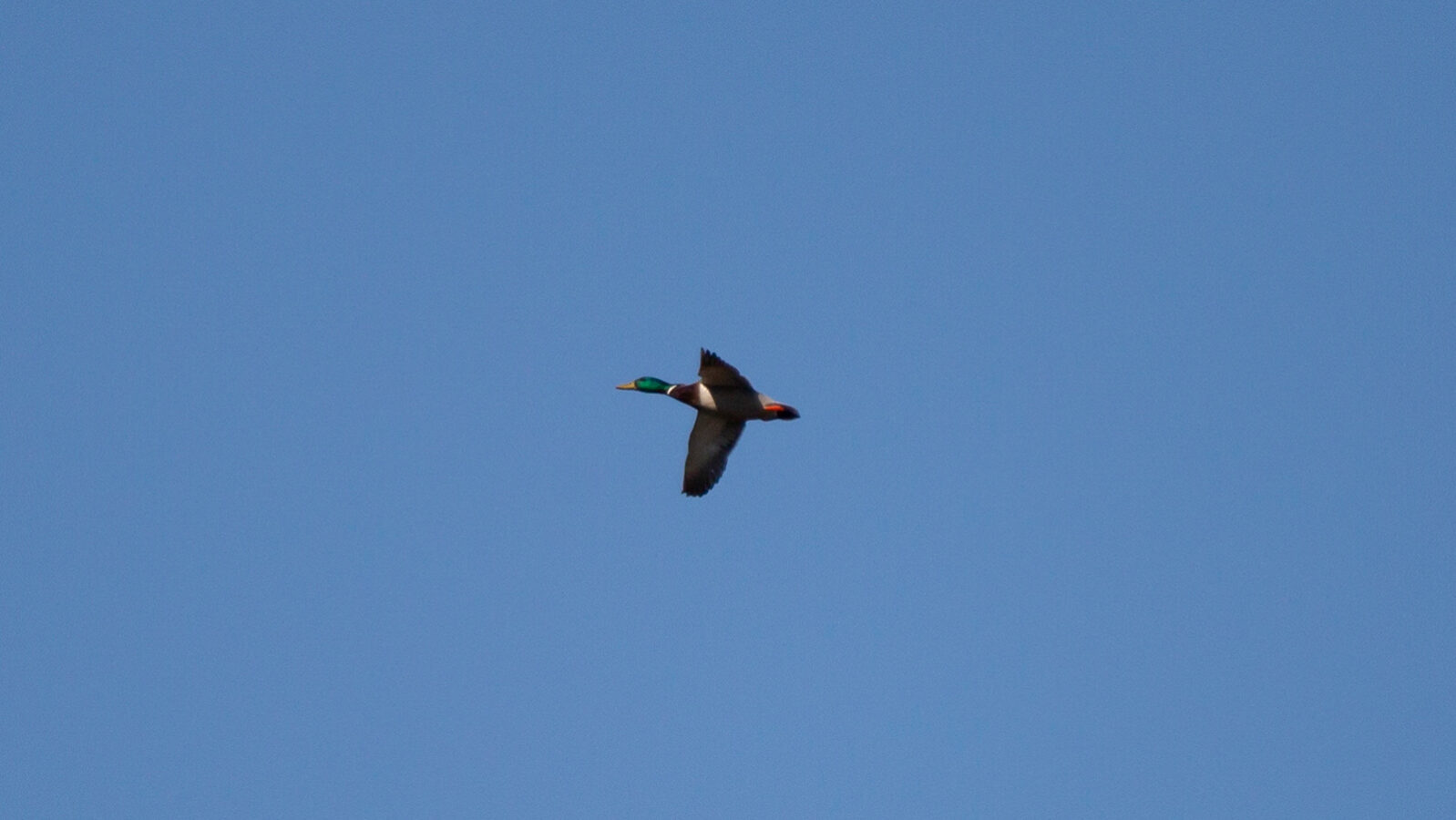

Mallard

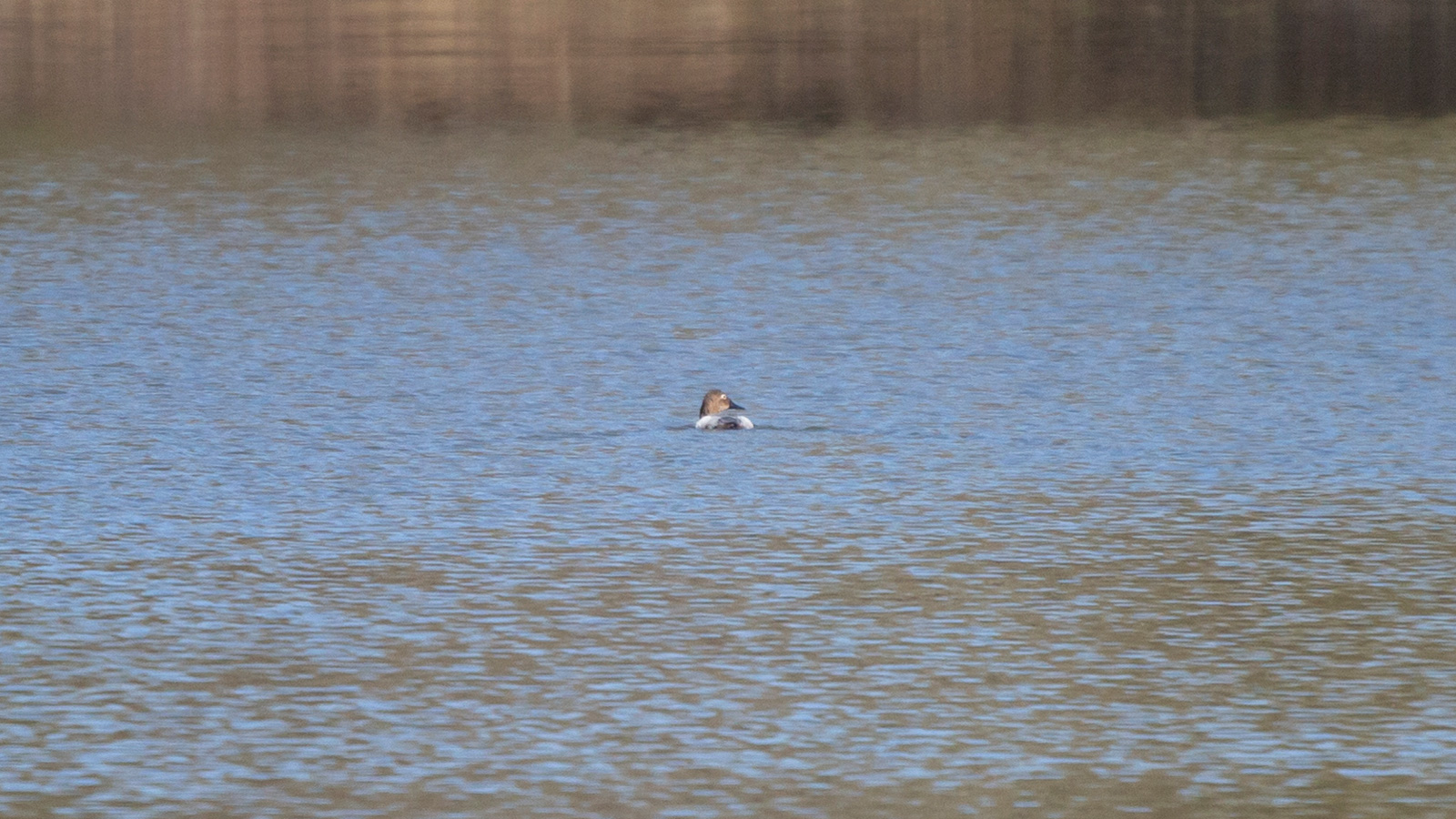
Canvasback Duck
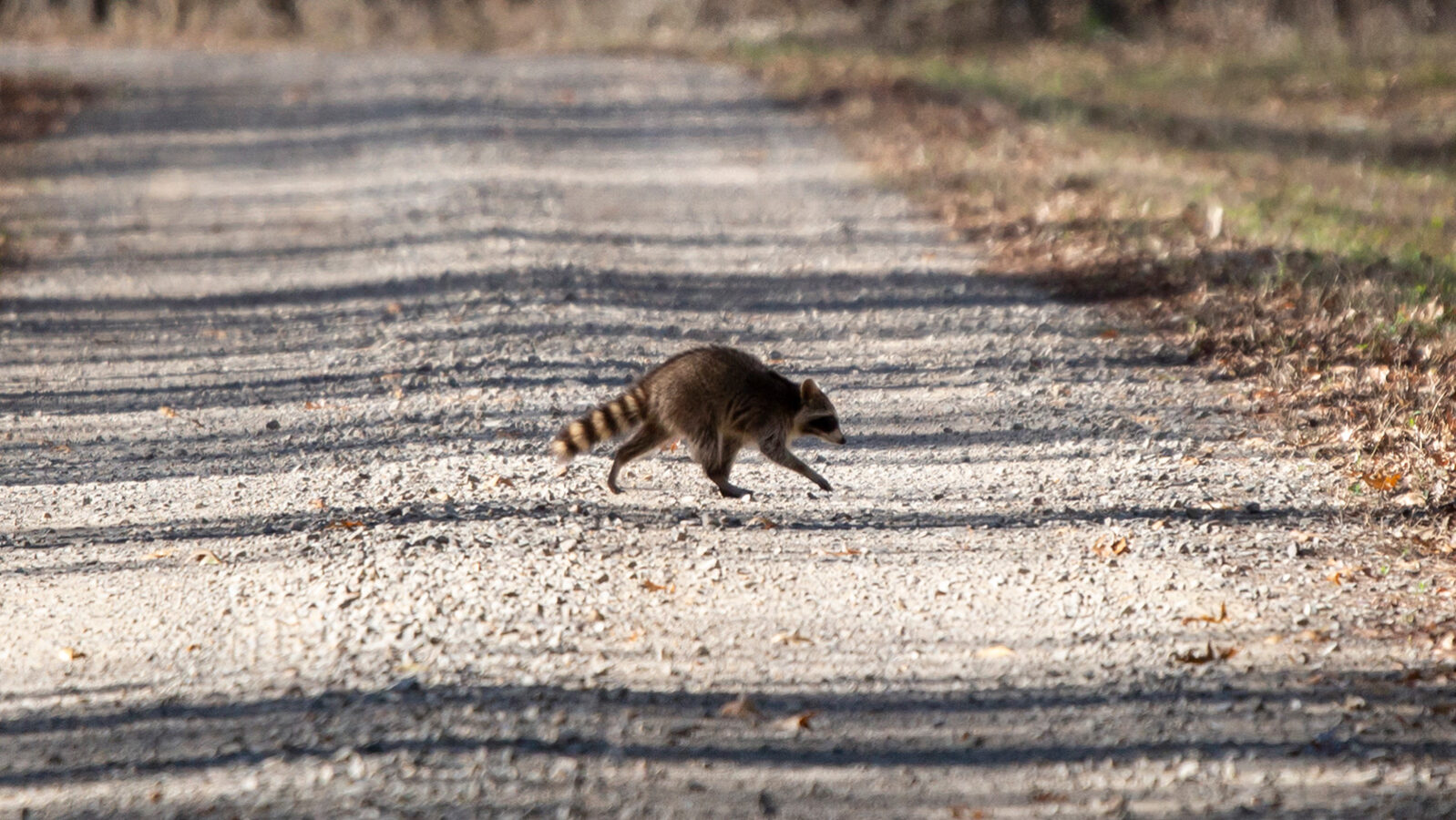
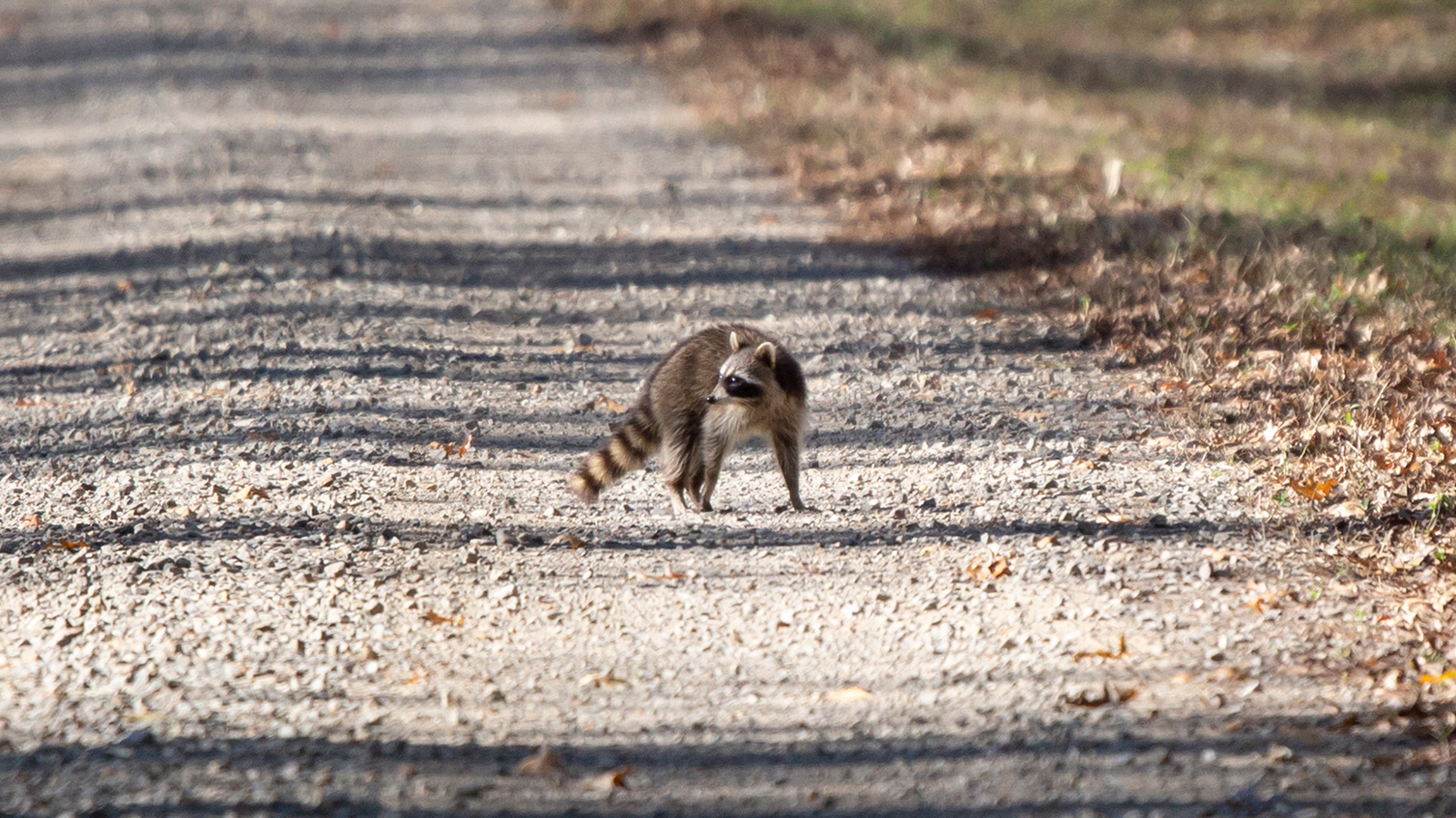
Common Raccoon
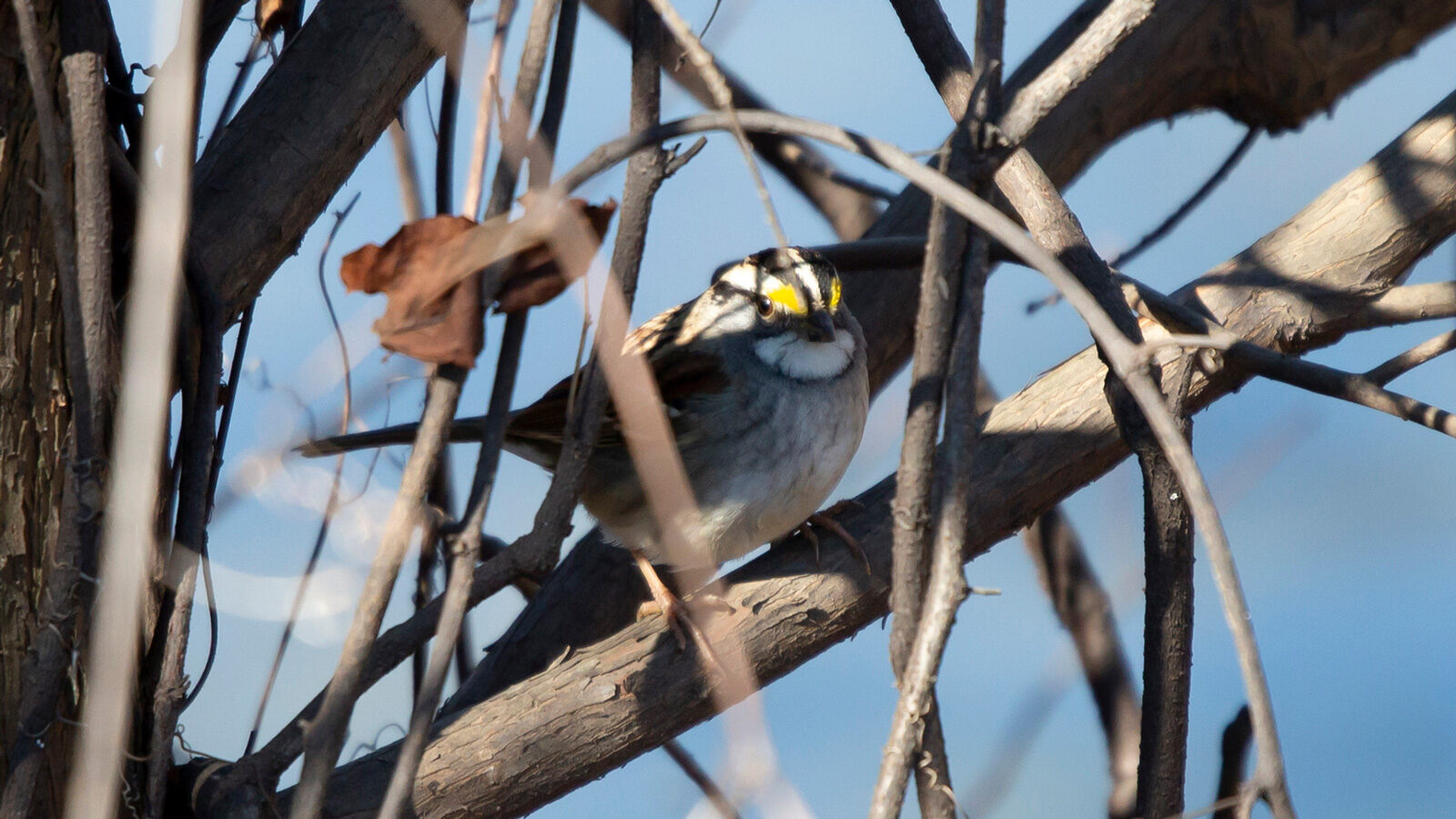
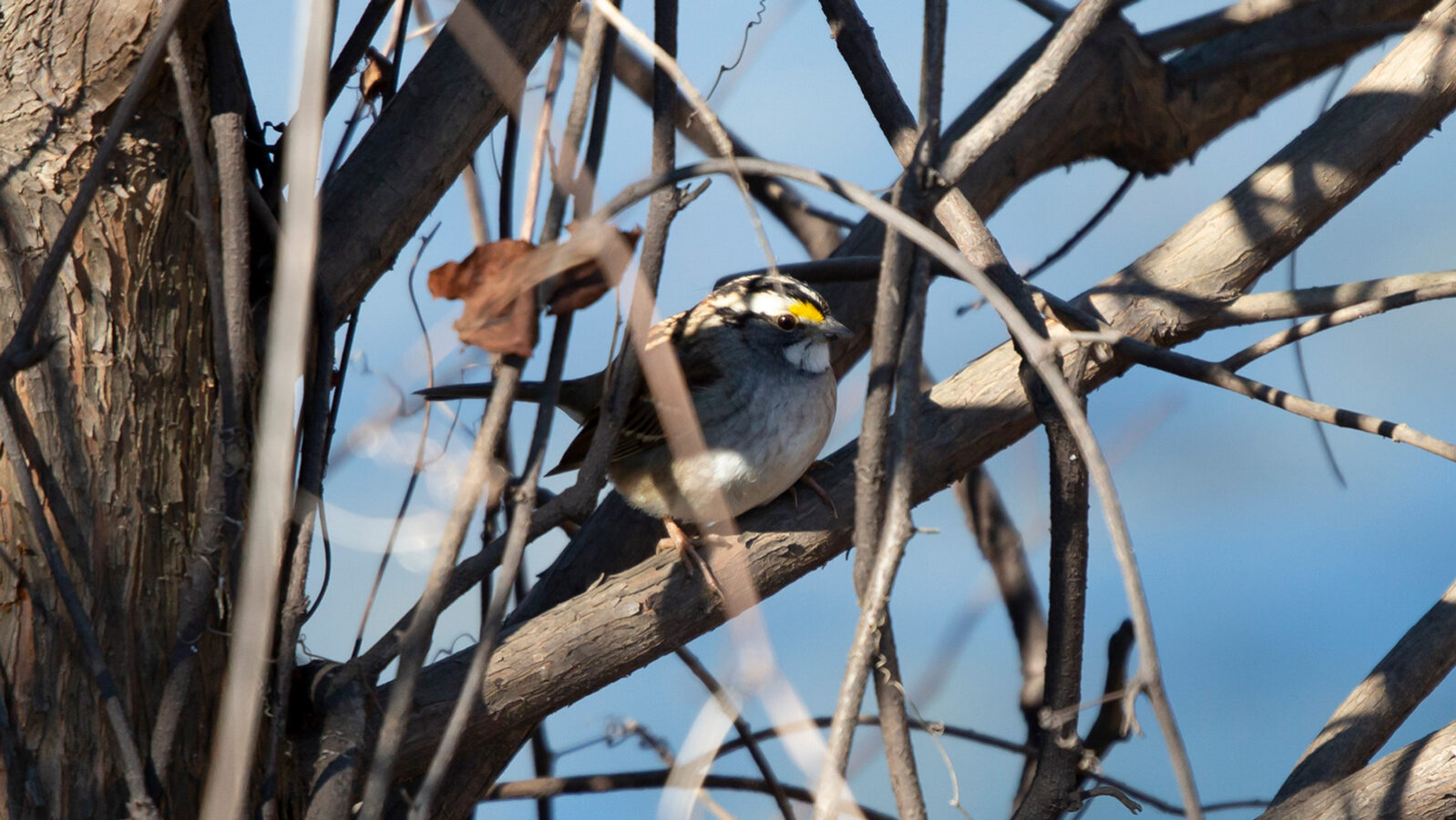
White-Throated Sparrow


Belted Kingfisher
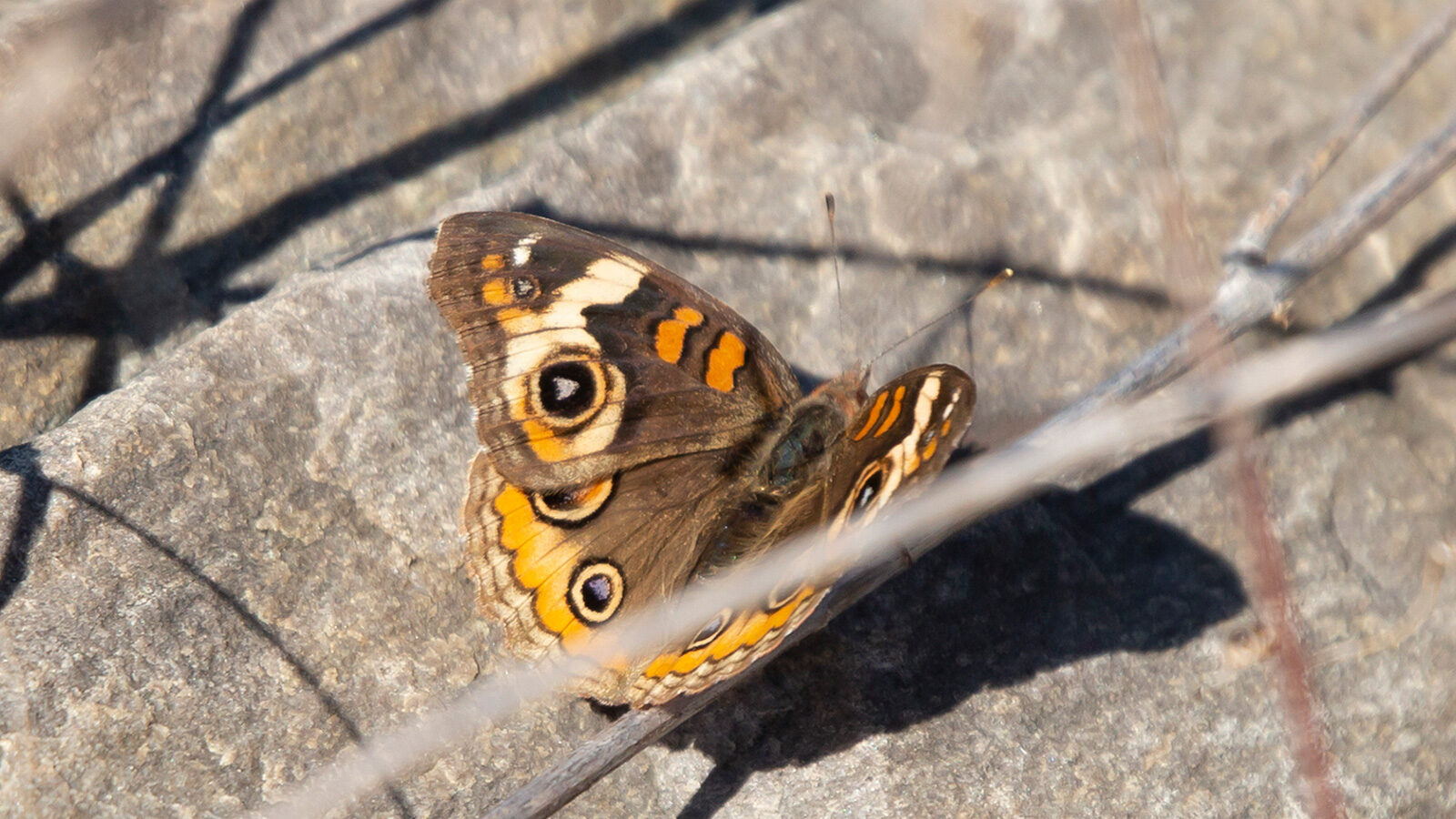
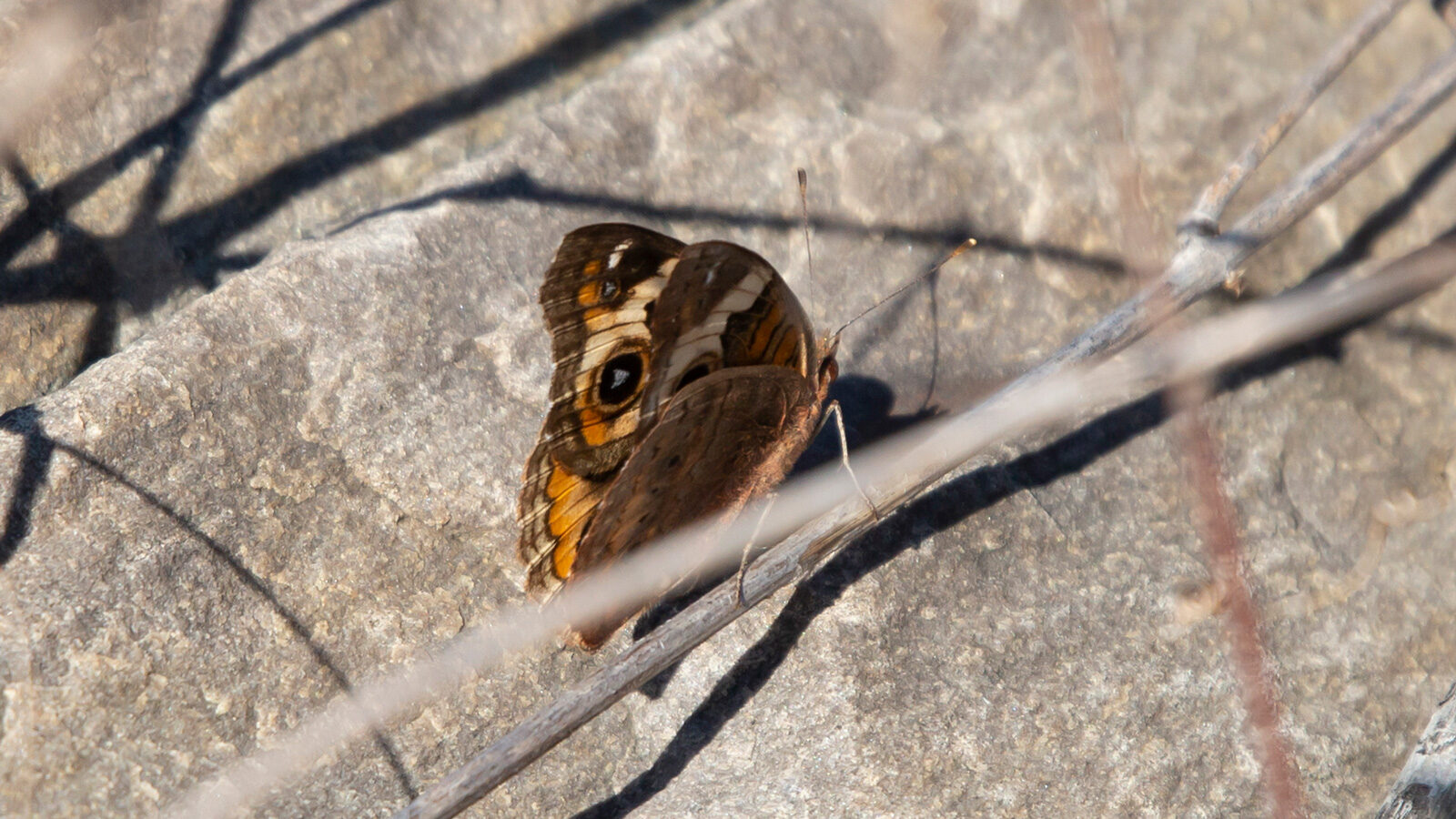
Buckeye Butterfly

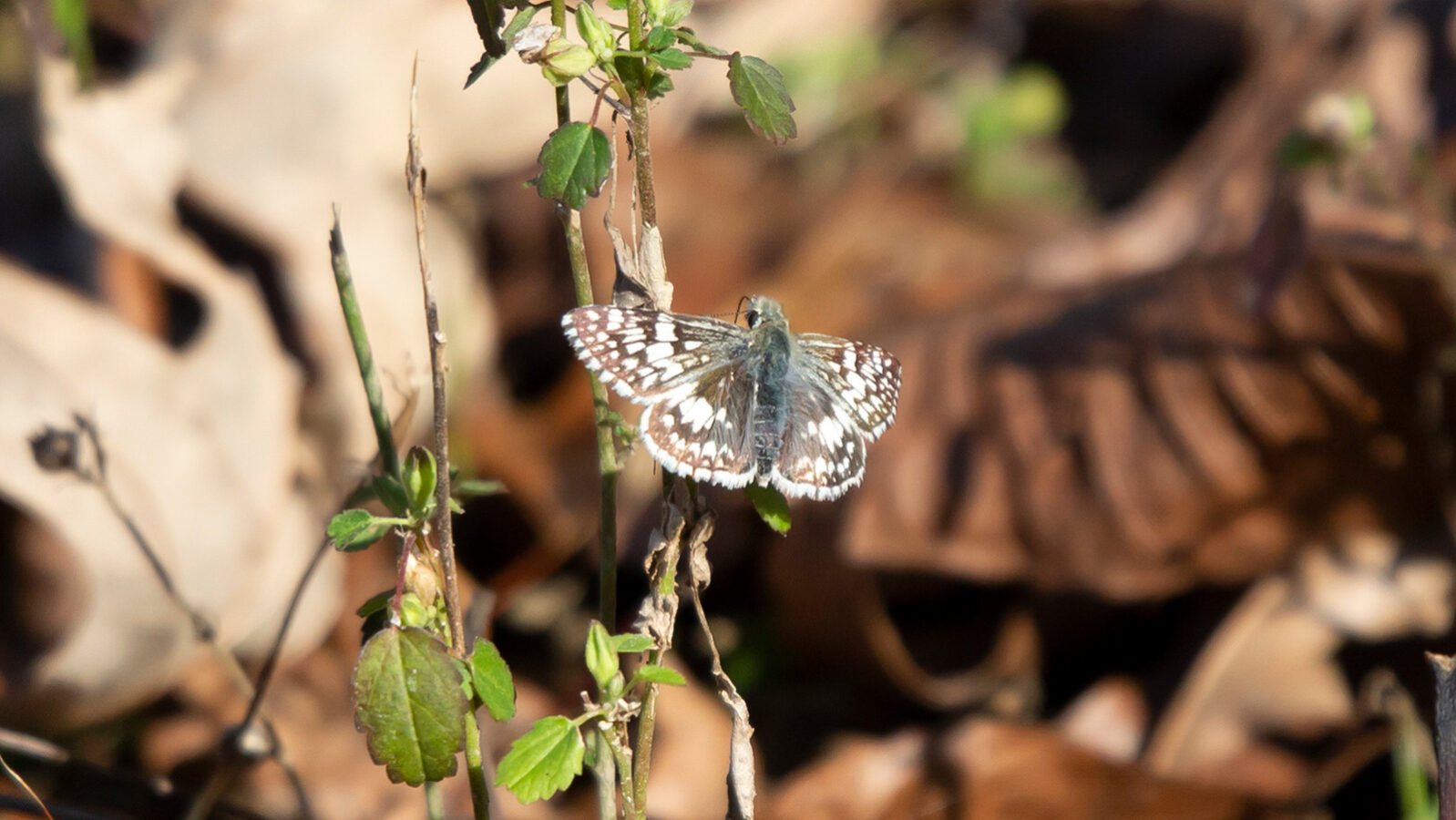
White Checkered Skipper
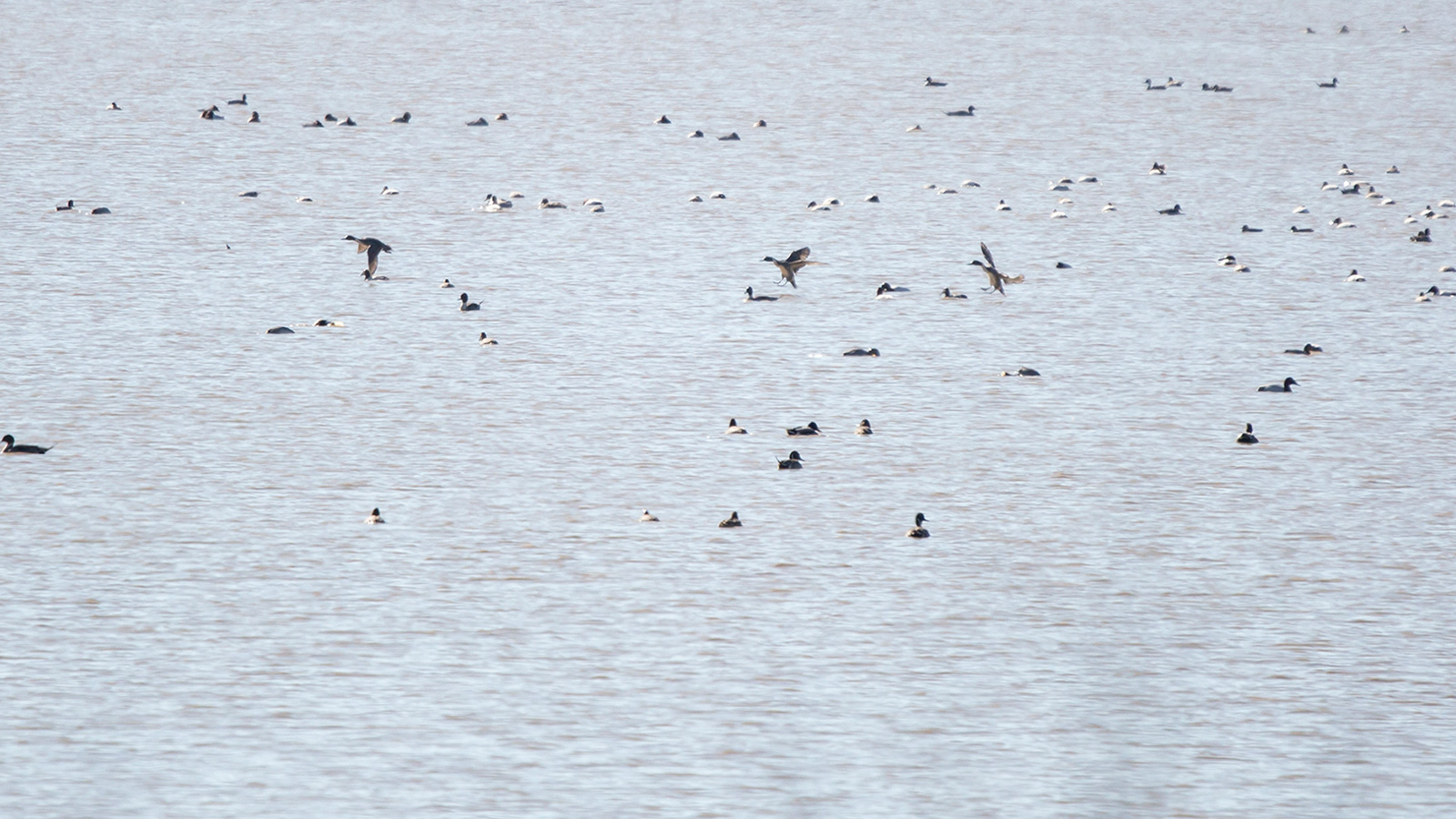

Ducks
While we love all our wild friends, ducks – pretty much all of them – are our favorite Catahoula NWR inhabitants. Catahoula is hands-down the best place in North Louisiana to meet pintails, scaups, shovelers, and canvasbacks.
More about How You Can Enjoy the Refuge
The refuge is open from sunrise to sunset all year and is free to the public. There are more details about what you need to legally hunt and fish at the refuge in the tab below.
Restrooms
You can find public restrooms at the Headquarters Unit, but you’ll need to call ahead to find out when it’s open. There are also several gas stations in Jena where you can top off your tank and make a pitstop.
Accessibility
Trails along the Headquarters Unit are somewhat easy for visually impaired people to use because they are wide and, for the most part, flat. That makes them easy to use canes on. The areas around Duck Lake are easy to navigate, and the trails to the observation decks along it are short, wooden trails that are easy to walk along. The biggest impediment to the trails are fallen logs and mud patches that occasionally block paths.
Learn More
Learn more about the Catahoula NWR at the refuge’s official website.
Catahoula NWR is a great place to find wildlife. It’s a great place to watch and photograph raccoons, deer, ducks, kingfishers, vultures, sparrows, herons, egrets, and butterflies; you might even catch the glimpse of a bear while you’re there. You can find lists of birds sighted at the refuge with eBird’s “Catahoula NWR” Trail Tracker sighting list and more information about general animals that have been reported at the refuge on the iNaturalist “Catahoula National Wildlife Refuge” page. For more info about the refuge, check out the Catahoula NWR page.
The Catahoula NWR is popular to fish. The NWR has several places to fish off the shore and boat launches to get into the open water. You can find information on getting and maintaining your fishing license and what species you can keep, check out the Wildlife and Fisheries “Recreational Freshwater Finfish and Crawfish” page. You can also learn about the crawfishing licenses there.
Most of the Catahoula NWR is open for hunting, although some areas, particularly several areas just off Wildlife Drive in the Headquarters Unit, are closed to hunting. To legally hunt at the Catahoula NWR, you’ll need a valid Louisiana hunting license and a Migratory Bird Stamp for hunting waterfowl. Learn more about federal hunting laws enforced by the U.S. Fish and Wildlife Service at the Catahoula NWR “Hunting” page and the Louisiana Wildlife Management “WMA/Refuge/Conservation Area Licenses and Permits pages.”
Visit Other Areas
The Catahoula NWR is one of many places you can enjoy our local wildlife.
Explore North Louisiana's Outdoors.
Learn about other national wildlife refuges, state wildlife management areas, and Kisatchie National Forest Ranger Districts found throughout North Louisiana.